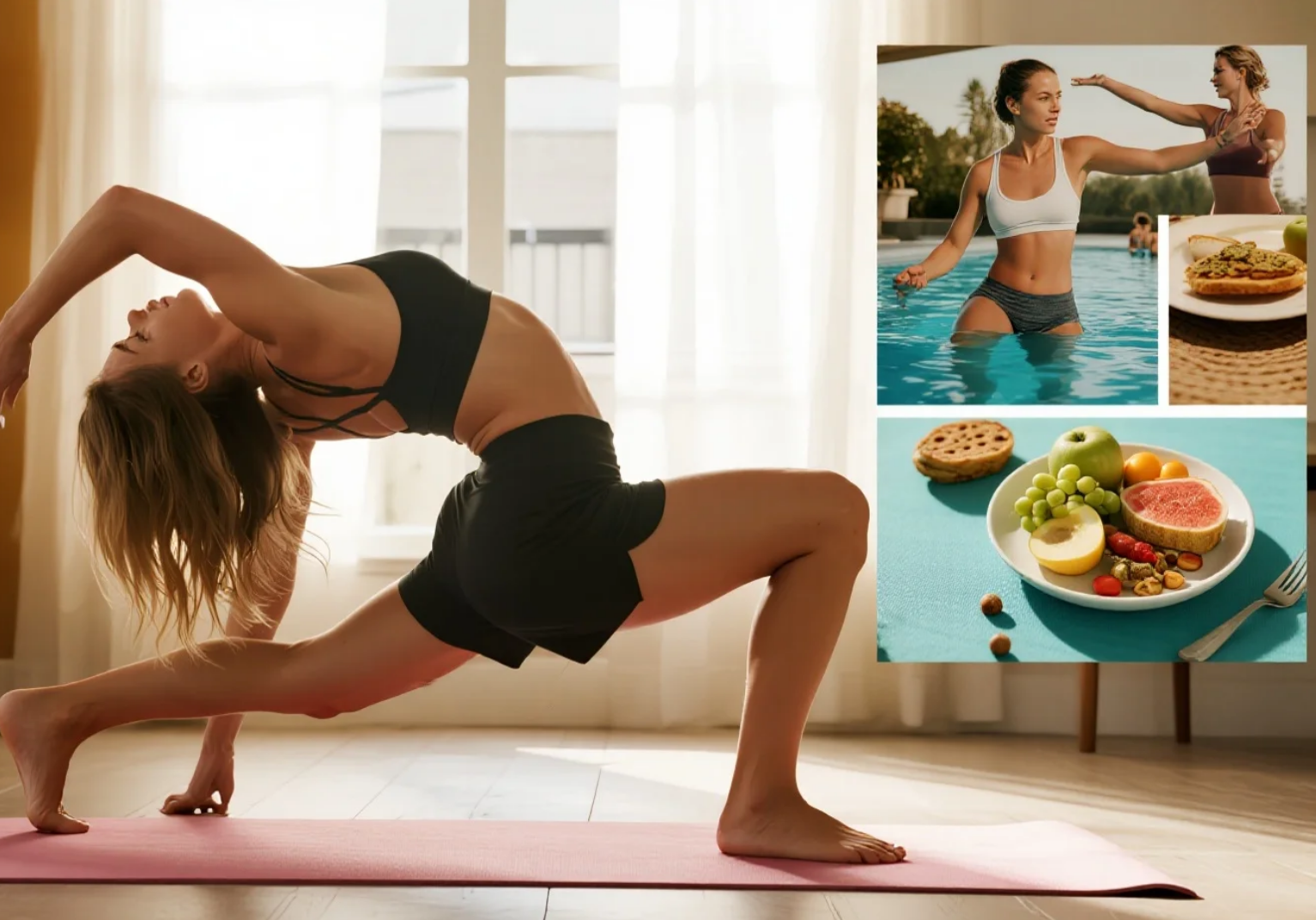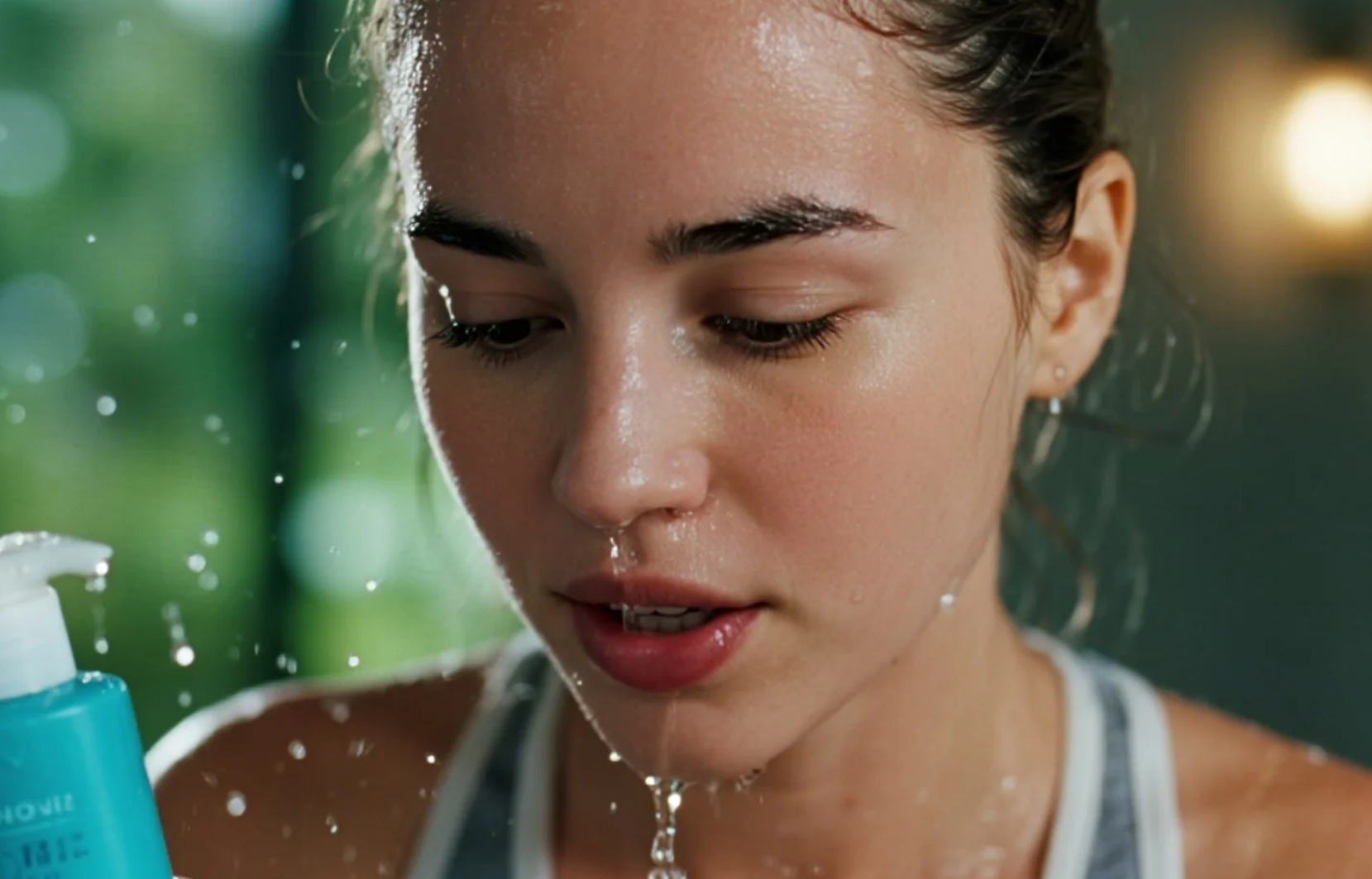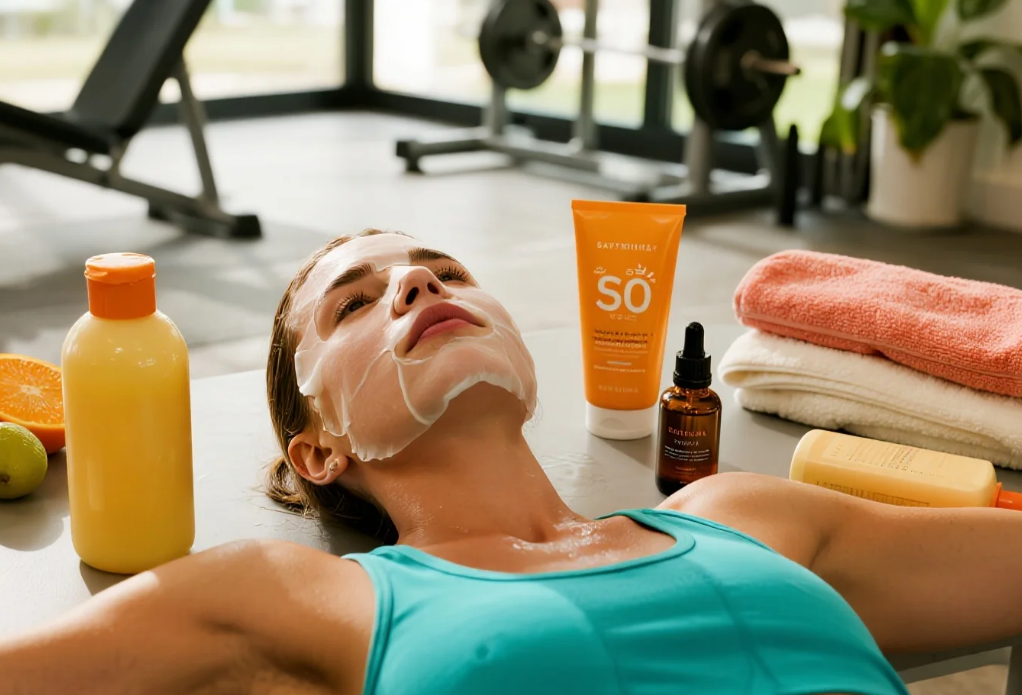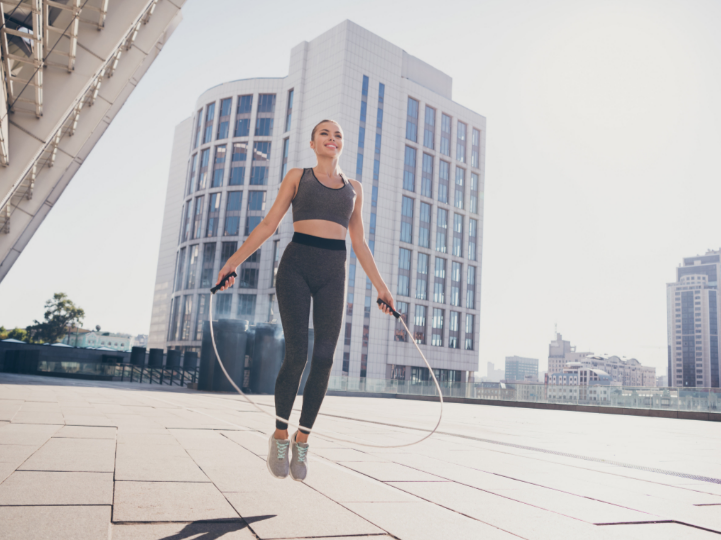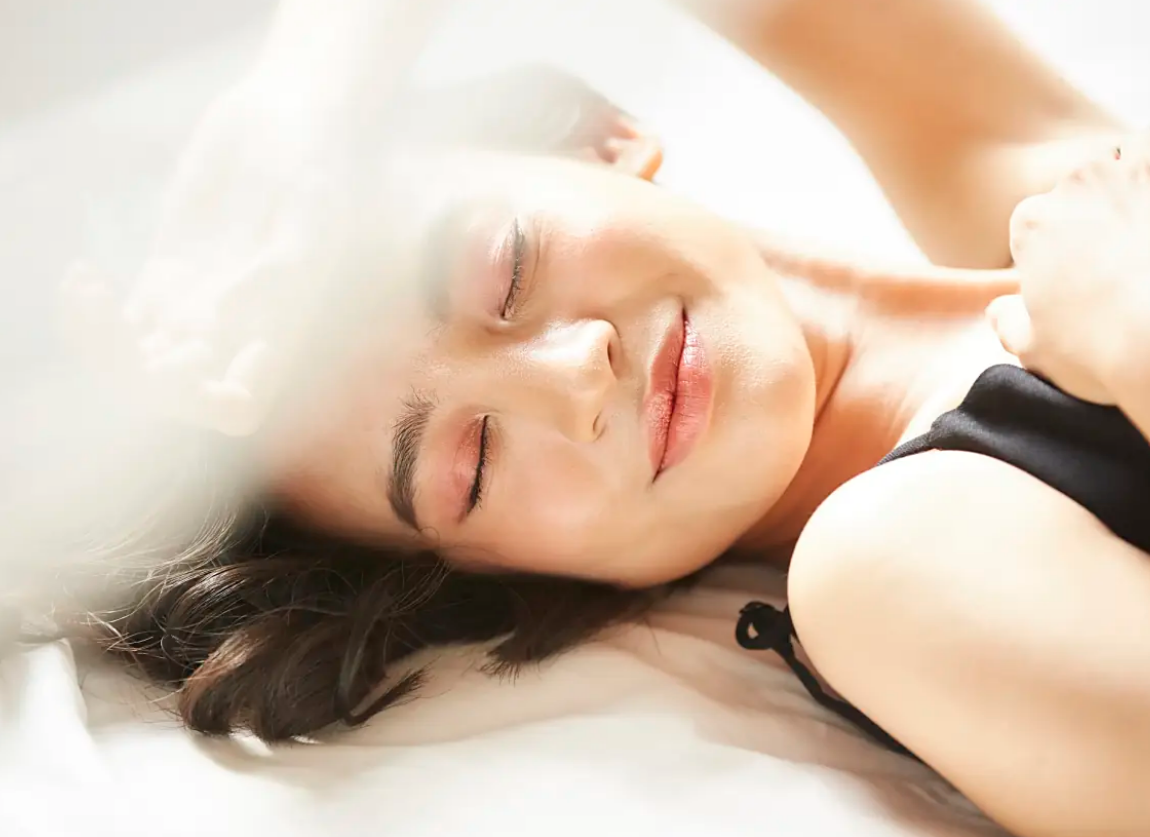What to do about oily skin and acne after exercise? Here's professional advice!
With the rise of healthy lifestyles, more and more people are making exercise a key part of their daily routine. However, the sweat and physical changes associated with exercise often come with a troubling problem: oily skin and acne after exercise. Why does exercise trigger acne? How can we scientifically prevent and treat it? This article, drawing on the authoritative insights of several dermatologists, will reveal the causes and solutions for oily skin and acne after exercise.
During exercise, the body sweats profusely to regulate body temperature, and this increases sebaceous gland production. While sweat itself doesn't directly cause acne, it mixes with oil and dirt on the skin's surface, easily clogging pores and forming sebum plugs. This, in turn, triggers an inflammatory response and leads to acne. Furthermore, if pores are not cleaned promptly after exercise, sweat and sebum accumulate. The altered skin environment can further encourage the growth of Propionibacterium acnes, exacerbating acne. Abnormal keratinization of the hair follicle ducts is also a contributing factor. Excessive keratinization of the follicle openings can hinder oil secretion, leading to blockage and acne.
In addition to physiological factors, lifestyle habits also significantly impact the condition of post-workout skin. Improper use of skincare products, wearing poorly breathable athletic clothing, and unclean accessories can all contribute to bacterial growth and sweat trapping, creating a breeding ground for acne. Improper dietary intake, such as consuming large amounts of high-sugar beverages or fried, spicy foods after exercise, can also stimulate sebaceous gland secretion, worsening acne. Furthermore, lack of sleep can increase cortisol levels, a stress hormone that also stimulates oil production and exacerbates skin inflammation.
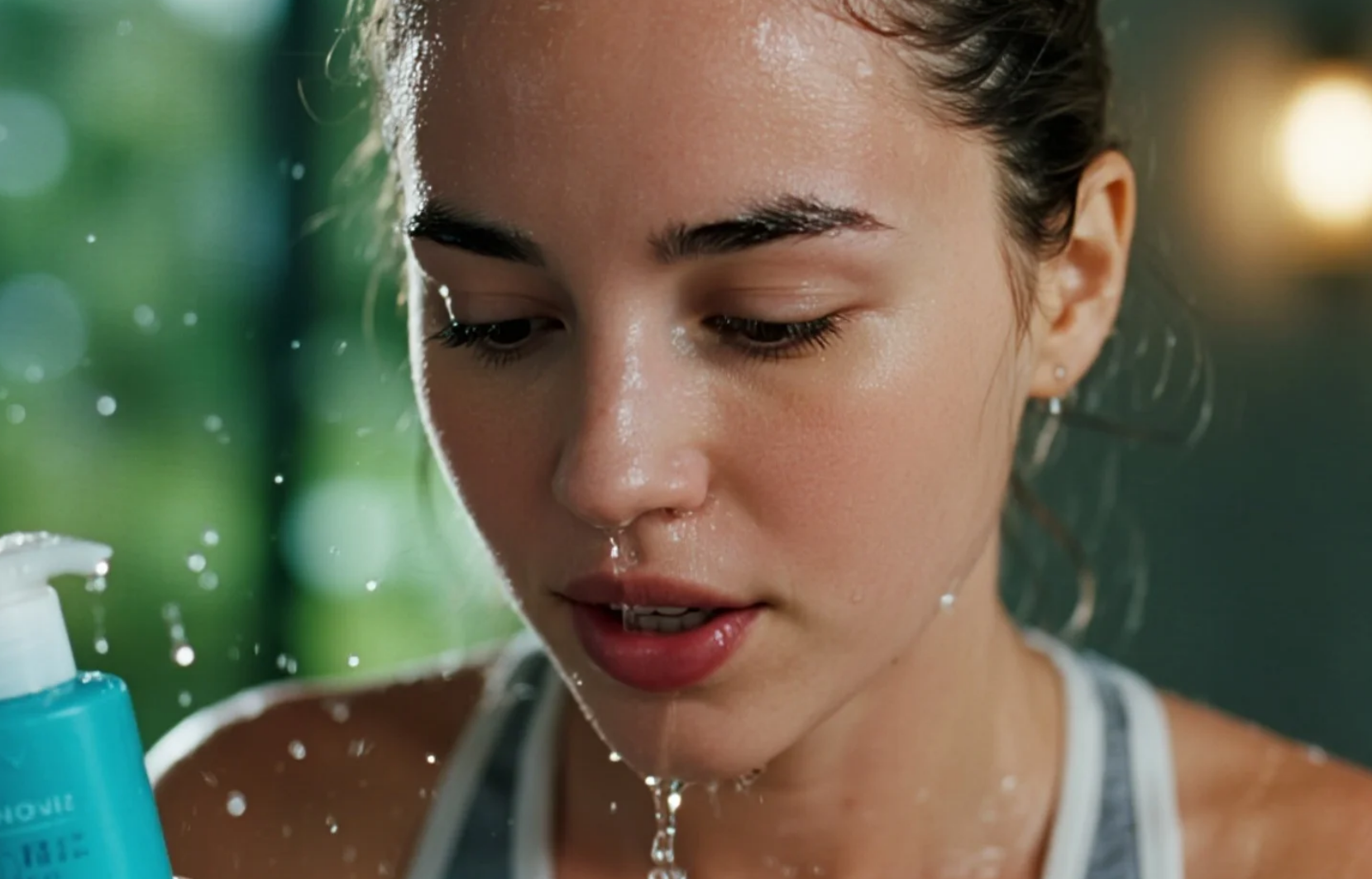 For post-workout acne, appropriate skincare and lifestyle adjustments are crucial. First and foremost, prompt and gentle cleansing is essential. After exercise, wash your face thoroughly with warm water and a non-irritating, gentle cleanser as soon as possible, avoiding irritating skin with either hot or cold water. Gently pat dry to avoid damaging the skin barrier through friction. Secondly, choose breathable, quick-drying athletic clothing and regularly wash athletic accessories, such as hats and headbands, to prevent bacterial accumulation.
For post-workout acne, appropriate skincare and lifestyle adjustments are crucial. First and foremost, prompt and gentle cleansing is essential. After exercise, wash your face thoroughly with warm water and a non-irritating, gentle cleanser as soon as possible, avoiding irritating skin with either hot or cold water. Gently pat dry to avoid damaging the skin barrier through friction. Secondly, choose breathable, quick-drying athletic clothing and regularly wash athletic accessories, such as hats and headbands, to prevent bacterial accumulation.
For existing acne, topical medications are an important treatment. Medications like adapalene gel and tretinoin cream can promote skin metabolism and exfoliation, help unclog pores, and suppress inflammation. Antibacterial ointments like fusidic acid cream can effectively kill acne-causing bacteria, reducing the risk of infection. For more severe acne, your doctor may recommend oral antibiotics such as minocycline hydrochloride capsules or doxycycline hydrochloride capsules. These medications have strong anti-inflammatory properties, inhibiting the growth of Propionibacterium acnes and improving skin condition from the inside out. It's important to emphasize that all medications should be used appropriately under a doctor's guidance and avoid overuse.
Dietary and lifestyle adjustments are also crucial. After exercise, avoid consuming high-sugar, high-fat, and spicy foods, as these can promote oil production and inflammation, increasing the risk of acne. Eating more antioxidant-rich foods, such as blueberries and tomatoes, as well as vitamin-rich fruits and vegetables, can help reduce oxidative stress and inflammation in the skin. Furthermore, maintaining regular and adequate sleep and minimizing late nights are key to improving skin health. This helps boost your body's repair capacity and reduces stress-induced excess sebum production. In some stubborn or severe cases, when conventional care and medications are ineffective, physical therapy may be considered as an adjunct. Modern skin treatments, such as laser therapy and red and blue light irradiation, can effectively reduce inflammation, kill bacteria, promote skin repair and metabolism, and accelerate the disappearance of acne. However, these treatments must be performed in a reputable medical institution and evaluated by a professional physician to ensure safety and effectiveness.
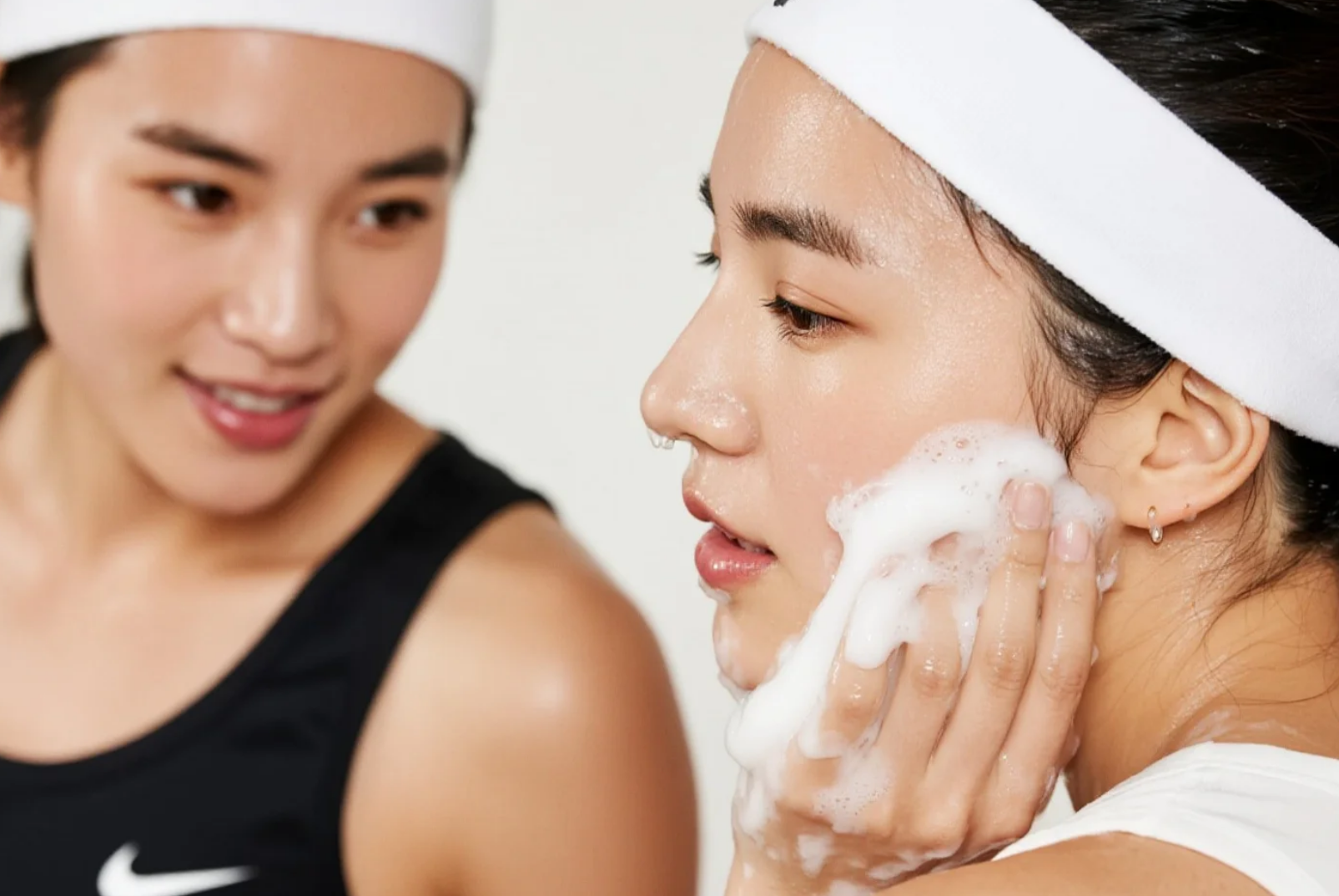 Finally, it's important to remember that exercise is an important part of a healthy lifestyle. While experiencing oily skin and acne after exercise can be bothersome, it's not unsolvable. By scientifically understanding the multiple causes of acne and combining it with effective cleansing and care, proper medication use, a healthy diet, and healthy lifestyle habits, most people can effectively prevent and alleviate this problem. If acne recurs or is accompanied by symptoms such as redness, swelling, and pain, seek medical attention promptly to rule out endocrine disorders or other skin conditions and avoid delaying treatment.
Finally, it's important to remember that exercise is an important part of a healthy lifestyle. While experiencing oily skin and acne after exercise can be bothersome, it's not unsolvable. By scientifically understanding the multiple causes of acne and combining it with effective cleansing and care, proper medication use, a healthy diet, and healthy lifestyle habits, most people can effectively prevent and alleviate this problem. If acne recurs or is accompanied by symptoms such as redness, swelling, and pain, seek medical attention promptly to rule out endocrine disorders or other skin conditions and avoid delaying treatment.



